MusiQ
Schumann Quartett, Bach, Mozart, Medelssohn, Glass, Shostakovich, Webern, Janáček, Gershwin - Chiaroscuro
Album: Chiaroscuro
Rating: 4.0
Table of Contents
Download
Filename: schumann-quartett-bach-mozart-medelssohn-glass-shostakovich.rar- MP3 size: 81.9 mb
- FLAC size: 947.1 mb
Tracks
| Track | Duration | Preview |
|---|---|---|
| I. Andante - Con Motto - Allegro | ||
| II. | ||
| String Quartet No. 2 "Company" | ||
| Two Pieces For String Quartet | ||
| Five Fugues For String Quartet, K.405: No. 4, Fugue In D Minor | ||
| III. | ||
| String Quartet No. 2 "Intimate Letters" | ||
| IV. | ||
| Six Bagatelles For String Quartet Op. 9 | ||
| II. Adagio - Vivace | ||
| Five Fugues For String Quartet, K.405: No. 5, Fugue In E Major | ||
| I. Elegy. Adagio | ||
| III. Moderato - Andante - Adagio | ||
| Five Fugues For String Quartet, K.405: No. 2, Fugue In D Major | ||
| Five Fugues For String Quartet, K.405: No. 1, Fugue In C Minor | ||
| I. | ||
| IV. Allegro - Andante - Adagio | ||
| Lullaby For String Quartet | ||
| Fugue In E-Flat Major, Op.81 No. 4 | ||
| Five Fugues For String Quartet, K.405: No. 3, Fugue In E-Flat Major | ||
| II. Polka. Allegretto |
Images
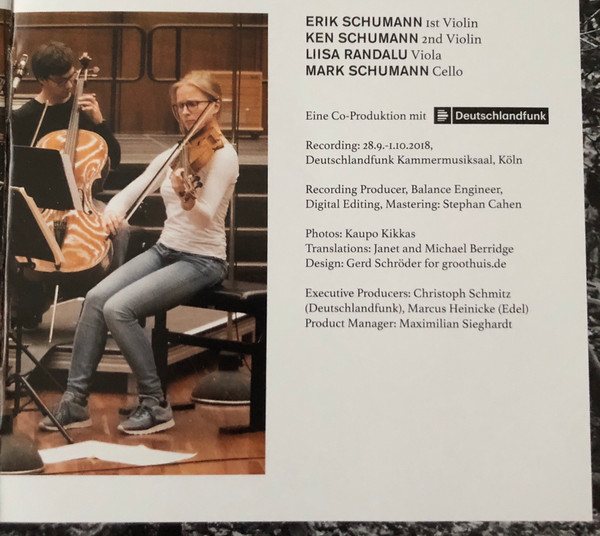
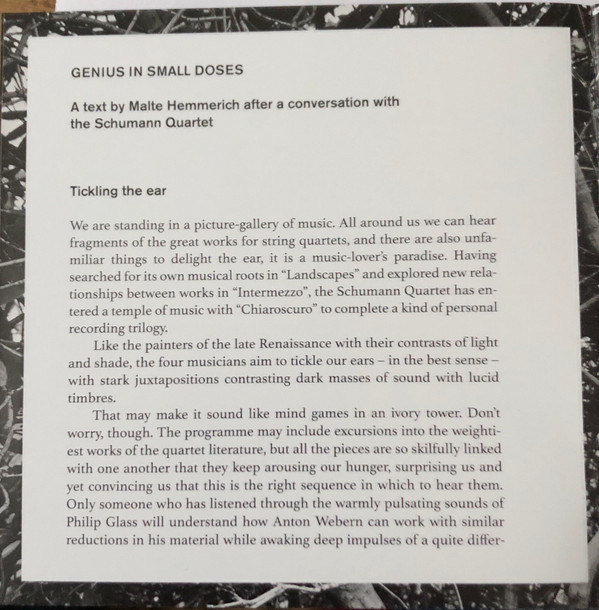

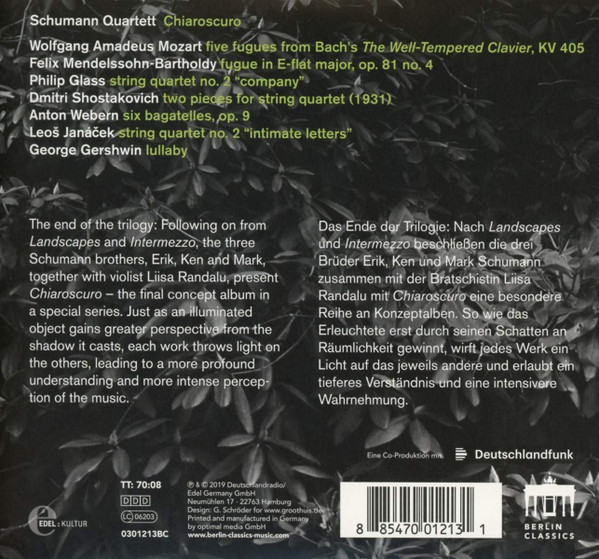
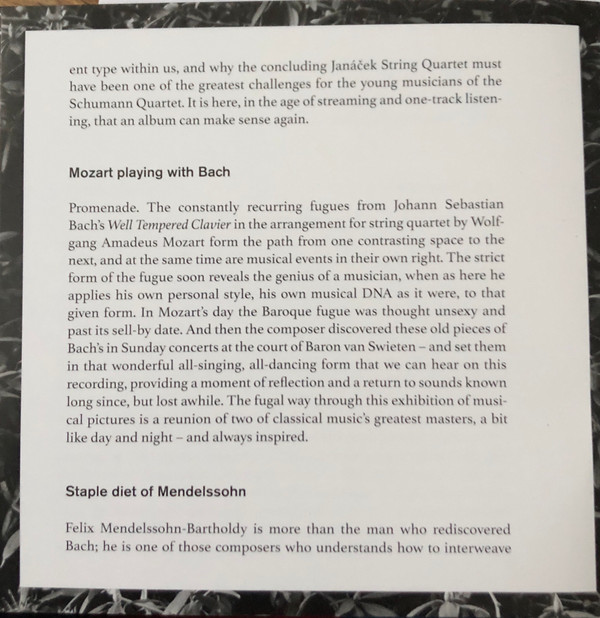
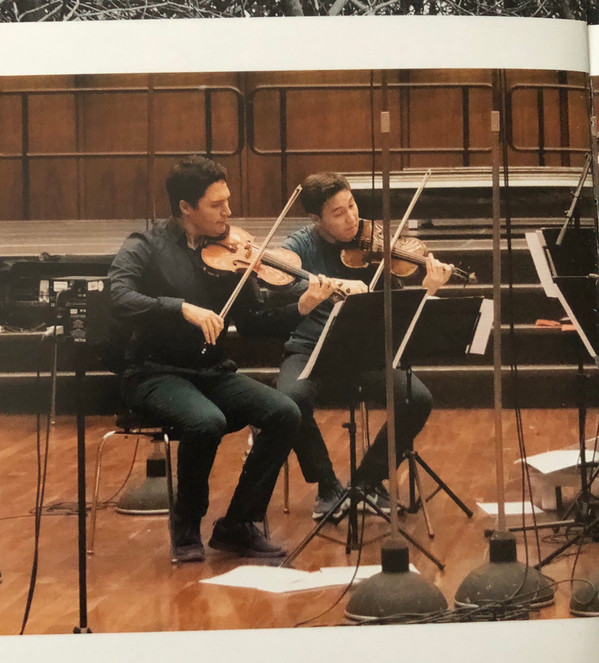
Catalog Numbers
03012113BCLabels
Berlin Classics, Edel:KulturListen online
- escuchar en línea
- lyssna på nätet
- kuunnella verkossa
- écouter en ligne
- lytte på nettet
- online luisteren
- online anhören
- ouvir online
- ascolta in linea
Formats
CDCompanies
| Role | Company |
|---|---|
| Phonographic Copyright (p) | Edel Germany GmbH |
| Copyright (c) | Edel Germany GmbH |
| Printed By | Optimal Media GmbH |
| Manufactured By | Optimal Media GmbH |
| Recorded At | Deutschlandfunk Sendesaal |
Credits
| Role | Credit |
|---|---|
| Cello | Mark Schumann |
| Design | Gerd Schröder |
| Executive-Producer | Christoph Schmitz, Marcus Heinicke |
| Photography By | Kaupo Kikkas |
| Producer | Stephan Cahen |
| Engineer | Stephan Cahen |
| Edited By | Stephan Cahen |
| Mastered By | Stephan Cahen |
| Product Manager | Maximilian Sieghardt |
| Viola | Liisa Randalu |
| Violin | Erik Schumann , Ken Schumann |
Notes
Recording: 28.9.-1.10.2018Barcodes
- Barcode: 8 85470 01213 1
- Label Code: LC 06203
- Matrix / Runout: manufactured by optimal media GmbH AJ65779-01
About Schumann Quartett, Bach, Mozart, Medelssohn, Glass, Shostakovich, Webern, Janáček, Gershwin
String quartet founded 2007 in Cologne, Germany.
Members
- Lisa Schumann
- Mark Schumann
- Liisa Randalu
- Erik Schumann
- Ken Schumann